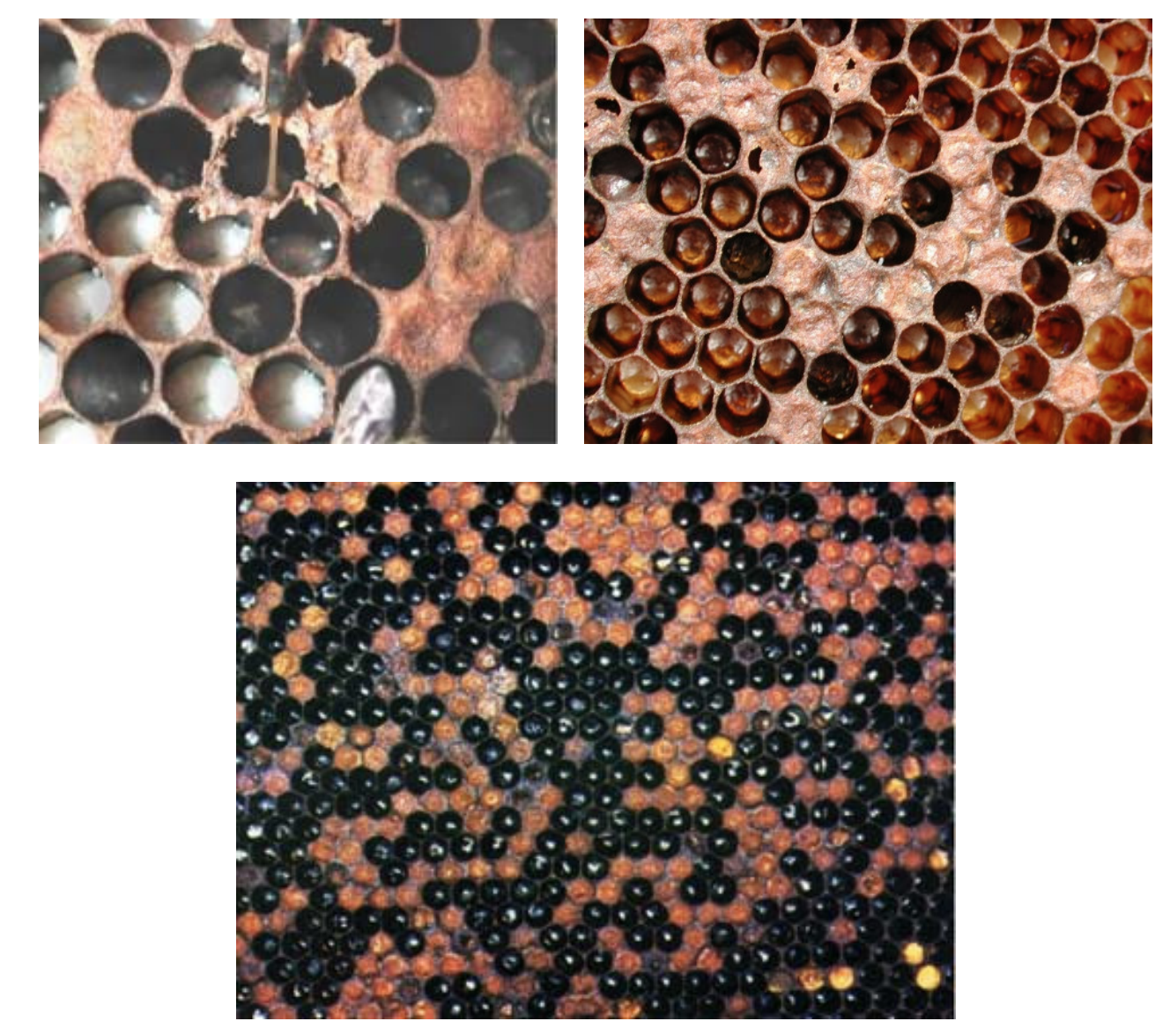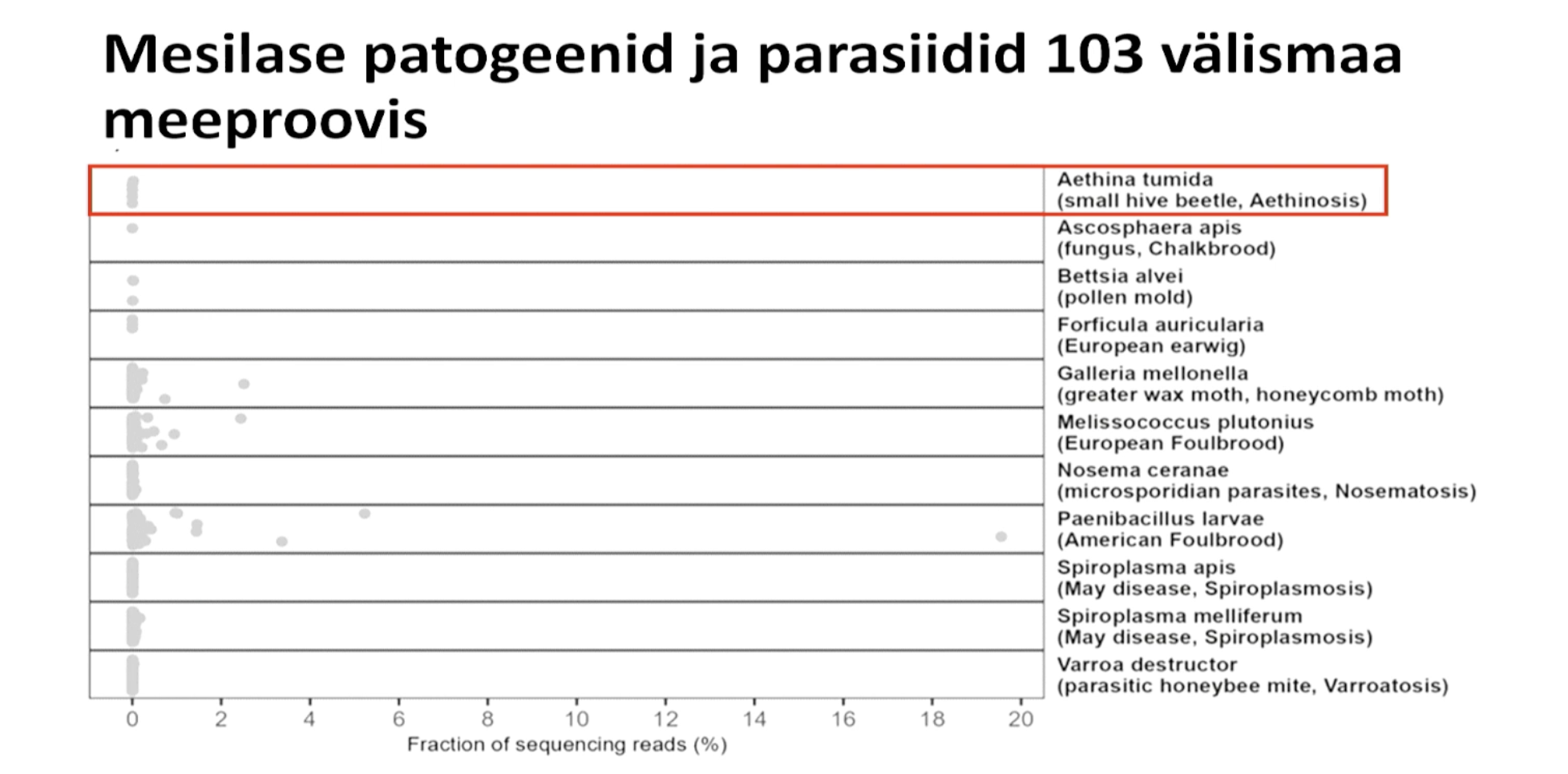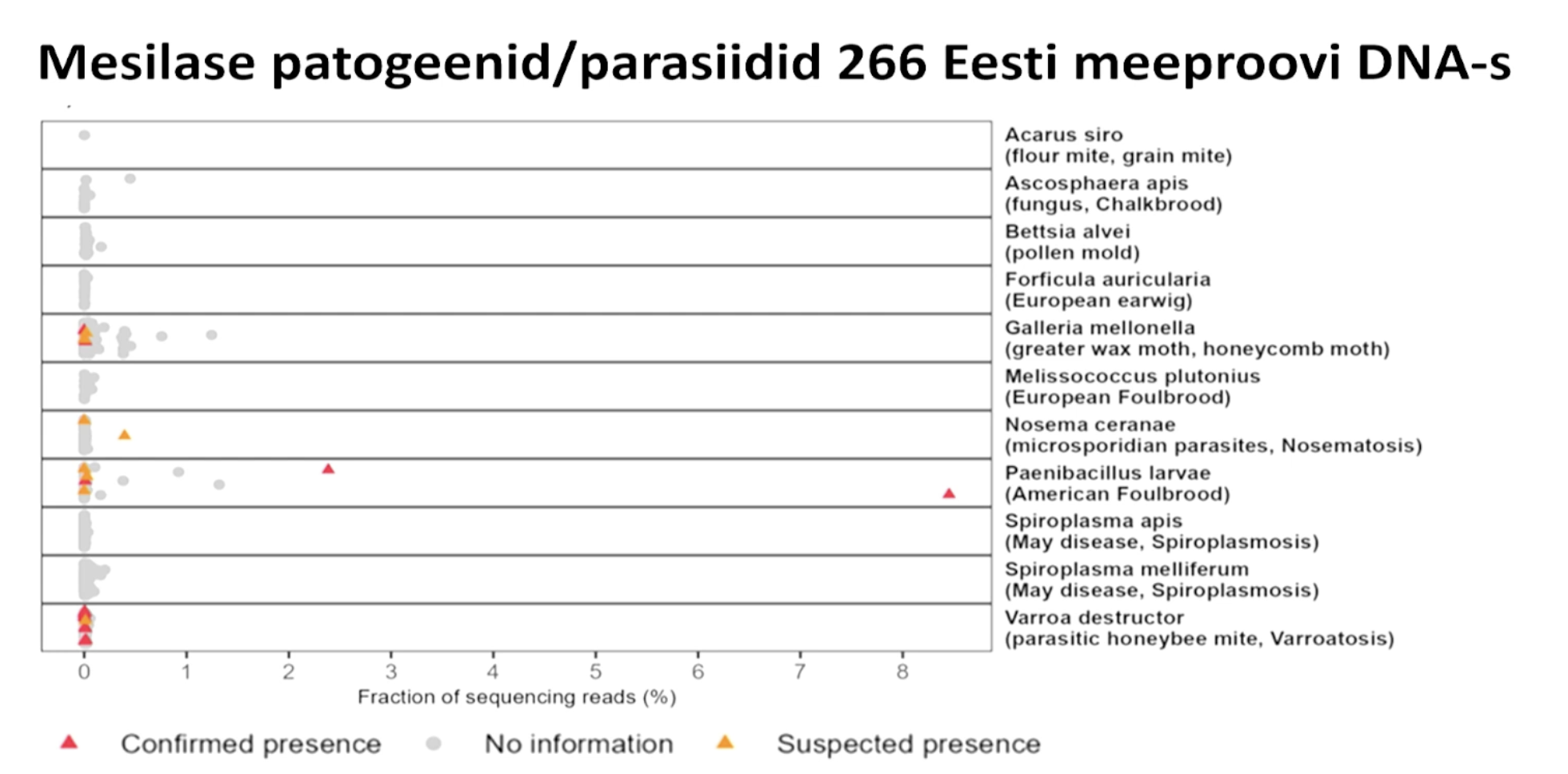🦀 Diseases
Beekeepers face numerous challenges when it comes to maintaining healthy hives, and one of the most pressing concerns is the prevalence of diseases, particularly viral and bacterial infections. Viruses such as Chronic Bee Paralysis Virus (CBPV), Israeli Acute Paralysis Virus (IAPV), and Lake Sinai Virus (LSV) pose significant threats to bee colonies. CBPV causes paralysis in adult bees, rendering them unable to fly or perform their essential tasks, which weakens the entire hive. IAPV and LSV are linked to colony collapse disorder (CCD), where the bees abandon the hive, leading to a rapid decline in population. Identifying and mitigating these viruses is crucial for ensuring the survival of bee colonies, as they have a direct impact on pollination and agricultural ecosystems.
In addition to viruses, bacterial infections like American Foulbrood (AFB), European Foulbrood (EFB), sacbrood, and chalkbrood can devastate colonies. AFB is a highly contagious and fatal bacterial infection that affects the brood (larvae and pupae), leading to the destruction of entire colonies if not controlled. EFB is less severe but still compromises the health of the hive by killing larvae and making them susceptible to other diseases. Sacbrood and chalkbrood also target the brood, causing deformities and weakening the colony. These bacterial diseases often require careful management, including the use of antibiotics and isolation of affected hives, to prevent widespread outbreaks. Beekeepers need effective tools and monitoring systems to detect these infections early, enabling prompt intervention and reducing colony losses.

Detecting diseases via DNA presense in honey
 source - Celvia CC AS, https://gratheon.com/research/Honey%20bulk%20DNA%20metagenomic%20analysis%20to%20identify%20honey%20biological
source - Celvia CC AS, https://gratheon.com/research/Honey%20bulk%20DNA%20metagenomic%20analysis%20to%20identify%20honey%20biological
 source - Celvia CC AS, https://gratheon.com/research/Honey%20bulk%20DNA%20metagenomic%20analysis%20to%20identify%20honey%20biological
source - Celvia CC AS, https://gratheon.com/research/Honey%20bulk%20DNA%20metagenomic%20analysis%20to%20identify%20honey%20biological
